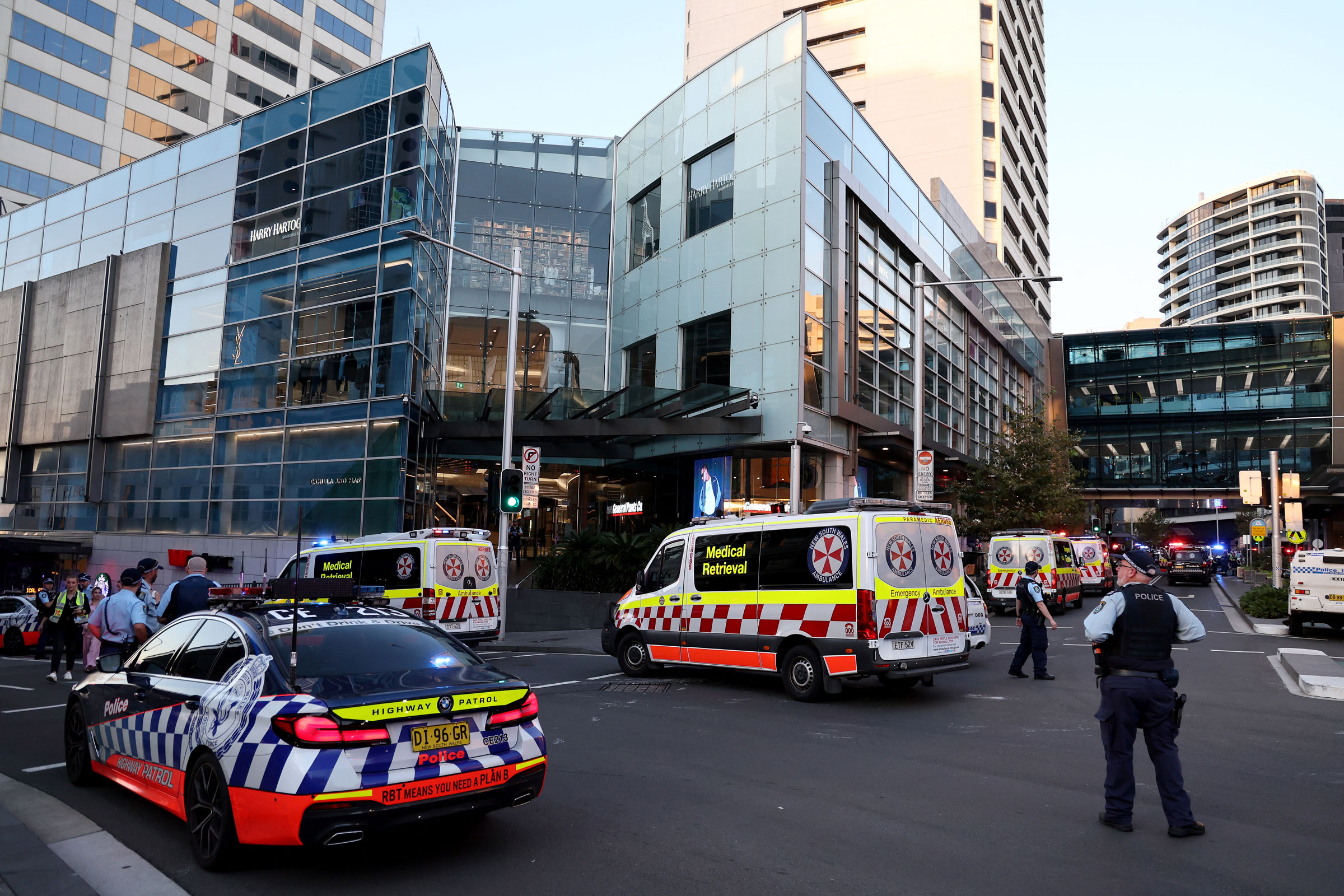The Sydney Mall Attack Was Terrifying. The Situation Could Have Been Much Worse

Until recently, I thought of Bondi Junction primarily as a place to wait for a bus. As the closest train-station hub to Bondi Beach and Sydney’s upscale eastern suburbs, it’s where commuters like me would connect with buses to venture to the beach or explore the area’s luxurious real estate. The Bondi Junction Westfield, the shopping center’s official name, is a popular destination for meeting friends, dining, watching movies, or just hanging out while navigating the complex bus system.
However, the mall now evokes drastically different emotions within me.
Like many others, I was deeply disturbed by the shocking news on April 13. A man had gone on a stabbing rampage, claiming the lives of six individuals. As a Sydney native with family members who have worked or owned businesses in the mall, the incident felt uncomfortably close to home. Amidst my initial shock and desperate search for information, I also felt a sense of relief knowing that the mentally disturbed attacker was unlikely to be armed with a gun. While I mourn the tragic loss of six lives—a male security guard and five women, including a new mother—as a resident of the U.S. for the past three decades, I couldn’t help but think that the situation could have been far more devastating.
In 1996, a troubled and malicious individual opened fire at an outdoor cafe in Tasmania, Australia, killing 35 people and injuring 24 others. For several years, this event held the dubious distinction of being the deadliest mass shooting anywhere globally. The country’s then-leader, Prime Minister John Howard—a staunchly conservative figure—introduced new firearms regulations, including a gun buyback program and stricter requirements for acquiring and possessing firearms, particularly handguns and assault weapons.
Despite significant protests at the time, Australia has continued to refine these laws over the years. As a result, in the nearly 28 years since the Port Arthur massacre, there has been only one instance where a single shooter has killed more than four people in Australia. Based on recent statistics, there are approximately 3.5 million registered firearms in Australia, a substantial increase compared to 1996. However, the percentage of Australians who own guns has decreased by almost 50%, indicating that more guns are in the hands of fewer people who—according to available data—are likely to be more responsible gun owners.
In sharp contrast, the United States has witnessed a series of mass shootings in public spaces just within the past four years: 23 lives lost in El Paso, Texas; 18 killed at a bowling alley and then a bar; 11 people murdered in a ballroom; 10 victims in a supermarket; and 10 fatalities in a grocery store in Boulder, Colorado. This list does not include additional tragedies.
If the 40-year-old perpetrator in Bondi Junction had been armed with a firearm, how much greater would the loss of life have been? A knife, while a deadly weapon, necessitates close proximity and requires the user to physically overpower their victims. In the videos of the Bondi Junction attack, individuals are seen attempting to defend themselves against the attacker, with one person using the flat end of a bollard to temporarily trap him on an escalator, while another bravely confronts him before he changes direction. In such scenarios, neither furniture nor fists stand a chance against a gun.
One might argue that a firearm would have made the attacker more conspicuous, providing more warning to potential victims. However, bullets are too fast, too efficient, and too easy to fire, negating any advantage of early detection. Shopkeepers would have had insufficient time to usher customers to safety, and the ensuing panic and chaos would have led to many fleeing in the wrong direction, as bullets travel far faster than human thought processes.
Ultimately, the attacker was apprehended by a lone police officer armed with a gun. No need for a SWAT team, no frantic officers struggling to comprehend the situation, no donning of protective gear before engaging the suspect. Eyewitnesses pointed out the knife-wielder to the officer, she located him, he raised his knife towards her, and she fired her weapon.
When I discuss gun violence with my cherished American friends with whom I disagree on this issue, they often assert that mental illness, not firearms, is the root cause of the problem. While mental illness can indeed contribute to violence, guns amplify its effects and transform it into a far greater tragedy. The father of the Bondi Junction attacker sought help for his son’s mental health issues. Yet history has proven that it is extremely difficult to keep weapons away from determined individuals who intend to harm others. However, restricting access to firearms can, and did in Bondi Junction, save lives.
